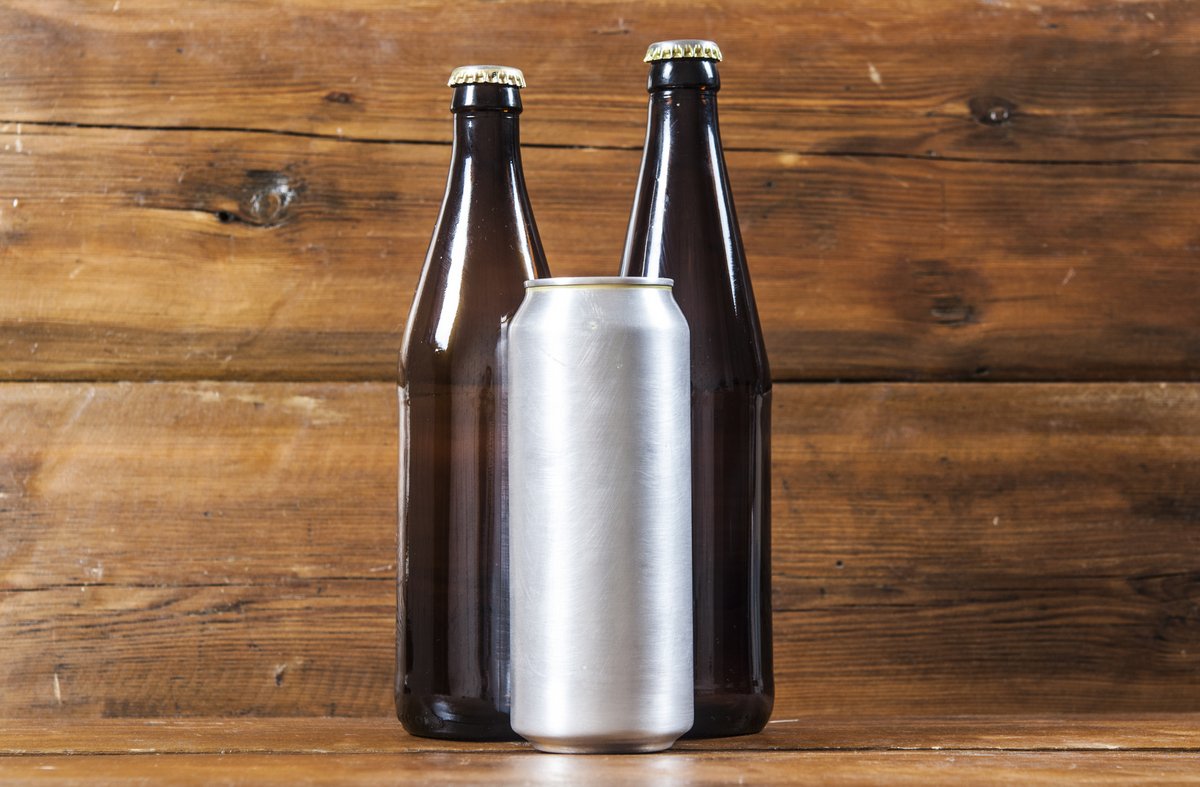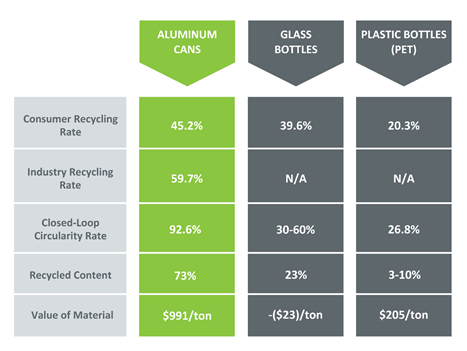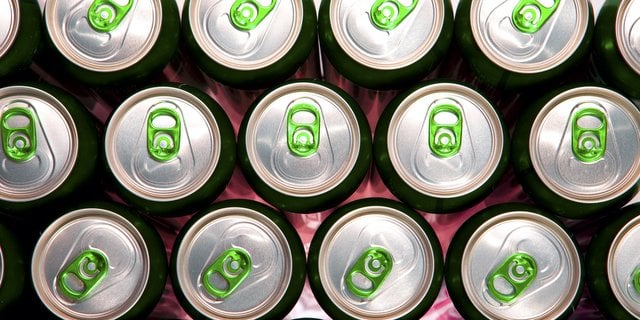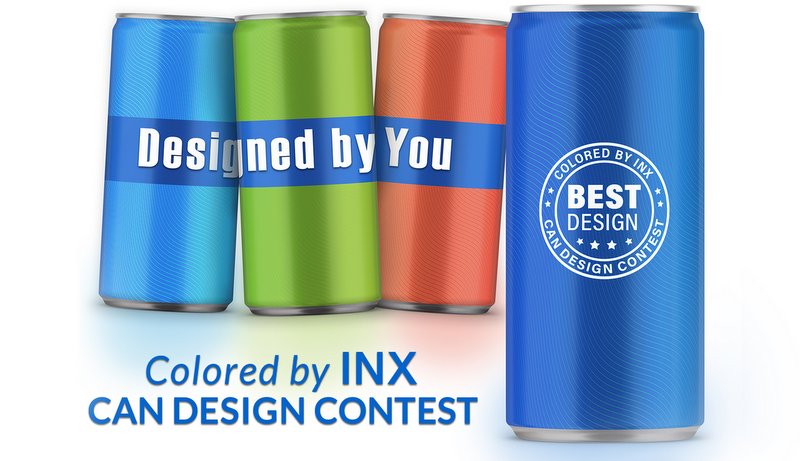
Well, according to a recent report via the Aluminum Association and Can Manufacturers Institute (CMI) — The Aluminum Can Advantage: Sustainability Key Performance Indicators 2021 — there are ongoing sustainability advantages to the aluminum beverage container compared to competing packaging types. The report updates several key performance indicators (KPI) for 2020 and finds that consumers recycle aluminum cans at more than double the rate of plastic (PET) bottles. Aluminum beverage cans also contain anywhere from 3X to 20X more recycled content than glass or PET bottles and are far more valuable as scrap, making aluminum a key driver of the financial viability of the recycling system in the United States. This year’s report also introduces a brand-new KPI, the closed-loop circularity rate, which measures the percentage of recycled material used to go back into the same product — in this case a new beverage container. A two-page report summary is available here.
The report also shows a modest decline in the aluminum beverage can consumer recycling rate last year. The rate declined from 46.1 percent in 2019 to 45.2 percent in 2020 amidst the COVID-19 pandemic and other disruptions in the market. Despite the rate decline, the number of used beverage cans (UBC) recycled by the industry actually increased by about 4 billion cans to 46.7 billion cans in 2020. The rate nevertheless decreased amidst growing can sales last year. The 20-year average for the consumer recycling rate is around 50 percent.
The Aluminum Association is endorsing an aggressive effort announced earlier by CMI to increase aluminum can recycling rates over the coming decades from today’s level of 45.2 percent to 70 percent by 2030; 80 percent by 2040 and 90 percent by 2050. The association will work closely with CMI and our member companies on a comprehensive, multi-year effort to increase aluminum can recycling rates by pushing for the creation of well-designed container deposit systems, among other measures.
“Aluminum cans remain the most recycled and recyclable beverage container on the market today,” said Raphael Thevenin, vice president of sales and marketing at Constellium and chair of the Aluminum Association’s Can Sheet Producers Committee. “But the U.S. recycling rate for cans lags behind the rest of the world – a needless drag on the environment and the economy. These new U.S. recycling rate targets will catalyze action within and outside the industry to bring more cans back into the recycling stream.”

“CMI is proud that the aluminum beverage can continues to outperform its competitors on key sustainability metrics,” said Robert Budway, president of CMI. “CMI beverage can manufacturer and aluminum can sheet supplier members are committed to build on the beverage can’s superior sustainability performance and have demonstrated that commitment with the industry’s new recycling rate targets. Achieving these targets are not only important to the industry’s growth, but also will benefit the environment and the economy.”
The closed-loop circularity rate, a new KPI introduced this year, measures the percentage of recycled material used to go back into the same product — in this case a new beverage container. It is partly a measurement of the quality of recycling. When products are recycled, the recovered materials can be used to make the same (closed-loop recycling) or a different and sometimes lower grade product (open-loop recycling). Closed-loop recycling is preferred because typically the recycled product maintains similar quality with the primary material and the process can be repeated over and over again. In contrast, open-loop recycling can lead to compromised material quality through either a change in chemistry or an increase in contamination in the new product.
Other key findings in the 2021 report include:
- The industry recycling rate, which includes the recycling of all aluminum used beverage containers (UBCs) by the U.S. industry (including imported and exported UBCs) rose to 59.7 percent, up from 55.9 percent in 2019. This change was largely driven by a significant increase in UBC exports in 2020, which impacts the final number.
- The closed-loop circularity rate for aluminum cans (described above) was 92.6 percent compared to 26.8 percent for PET bottles and between 30-60 percent for glass bottles.
- The average recycled content of an aluminum can stands at 73 percent, far exceeding rival packaging types.
- The aluminum can remains by far the most valuable beverage package in the recycling bin, with a value of $991/ton compared to $205/ton for PET and a negative value of $23/ton for glass, based on a two-year rolling average through February 2021. Aluminum scrap values declined precipitously during the early stages of the COVID-19 pandemic but have since recovered dramatically.
Increasing aluminum beverage can recycling rates will have a huge impact on the overall sustainability of the domestic aluminum industry. Earlier this year, the association released a new, third-party life cycle assessment (LCA) report showing that the carbon footprint of aluminum cans made in North America has dropped by nearly half over the past three decades. The LCA also found that recycling a single can saves 1.56 megajoules (MJ) of energy or 98.7 grams of CO2 equivalent. This means that recycling just a 12-pack of aluminum cans will save enough energy to power a typical passenger car for around three miles. The energy saved by recycling the aluminum beverage cans that currently go to U.S. landfills each year could save around $800 million for the economy and enough energy to power more than 2 million homes for a full year.





Leave a Reply
You must be logged in to post a comment.